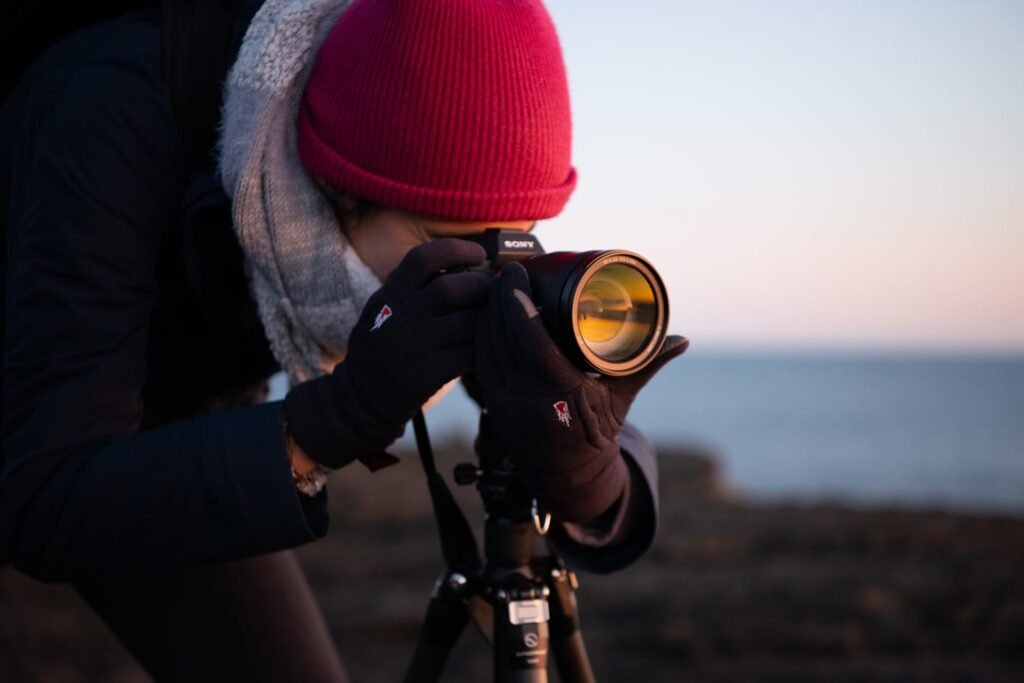Jul 3, 2024
Through the Lens: A Journey of Visual Narratives
Photography is a journey of exploration, where each click of the shutter captures a moment in time, telling a unique visual story. Through the lens, photographers interpret the world around them, framing scenes, capturing emotions, and immortalizing fleeting moments that might otherwise go unnoticed. This journey of visual narratives transcends mere documentation; it is a testament to the photographer’s perspective, creativity, and ability to evoke emotions through imagery.

Through the Lens
Framing the Narrative: Composition and Perspective
At the heart of visual storytelling in photography lies composition and perspective. Composition refers to the arrangement of elements within the frame, including lines, shapes, colors, and textures, to create a cohesive and visually appealing image. By carefully choosing what to include and exclude, photographers establish a narrative structure that guides the viewer’s gaze and conveys a specific message or mood. Perspective, on the other hand, involves the photographer’s point of view and how they choose to interpret and present the subject. Whether capturing landscapes from a bird’s eye view, intimate portraits from eye level, or abstract details up close, perspective shapes the emotional impact and storytelling potential of each photograph.
Capturing Moments: Emotions Frozen in Time
Photography has the unique ability to freeze moments in time, preserving emotions, gestures, and expressions that convey the essence of a subject. Whether documenting celebrations, everyday interactions, or profound moments of introspection, photographers become storytellers who capture the human experience in all its complexity. Each photograph serves as a visual testament to the fleeting nature of life and the power of photography to evoke nostalgia, empathy, and introspection in viewers.
Light and Shadow: Painting with Contrast
Light and shadow play a crucial role in shaping visual narratives within photography. The interplay of light and shadow adds depth, drama, and mood to photographs, creating dynamic contrasts that enhance storytelling. Photographers harness natural and artificial light sources to sculpt scenes, highlight focal points, and evoke emotions through chiaroscuro effects. Whether capturing the soft glow of sunrise, the dramatic shadows of twilight, or the artificial illumination of city streets at night, photographers use light and shadow to paint scenes that resonate with viewers on an emotional and aesthetic level.
Narrative Arc: From Capture to Interpretation
The process of creating visual narratives extends beyond capturing images to include post-processing and interpretation. In the digital age, photographers use editing software to refine colors, contrast, and composition, ensuring that each photograph aligns with their artistic vision and storytelling objectives. Editing allows photographers to enhance mood, emphasize details, and fine-tune narrative elements, transforming raw captures into polished visual stories that leave a lasting impression on viewers. Through meticulous editing and interpretation, photographers infuse their images with personal style and perspective, inviting viewers to engage with photographs as narratives that unfold over time.
Evoking Emotion: The Power of Visual Storytelling
At its core, visual storytelling in photography is about evoking emotions and sparking connections between the viewer and the subject. Photographers capture moments of joy, sorrow, wonder, and resilience that resonate universally, transcending language and cultural barriers. Through compelling visual narratives, photographers provoke thought, inspire empathy, and foster understanding by offering glimpses into diverse experiences and perspectives. Photography becomes a medium for empathy, allowing viewers to see the world through the eyes of others and find common ground in shared human experiences.
Conclusion
In conclusion, photography is a powerful medium for visual storytelling that invites viewers on a journey of exploration and emotion. Through composition, perspective, light and shadow, and the narrative arc from capture to interpretation, photographers create visual narratives that captivate, inspire, and provoke. By freezing moments in time and preserving emotions, photographers document the human experience in all its beauty and complexity. Through the art of visual storytelling, photography transcends documentation to become a universal language that connects people and cultures, fostering empathy and understanding in an increasingly interconnected world.
More Details